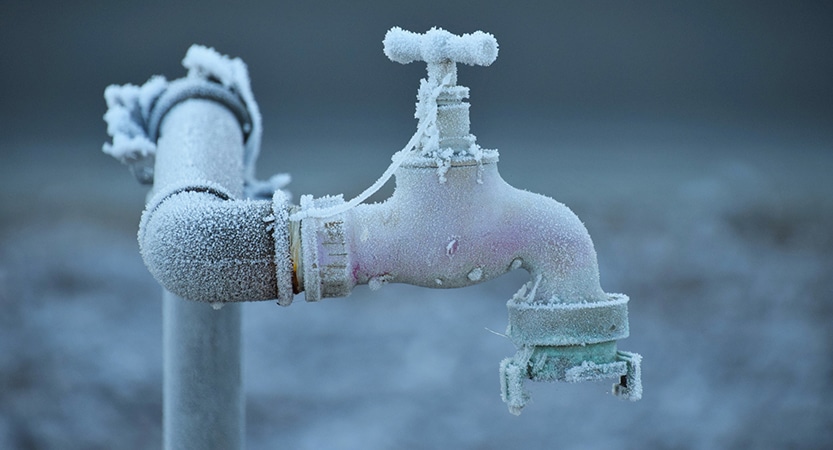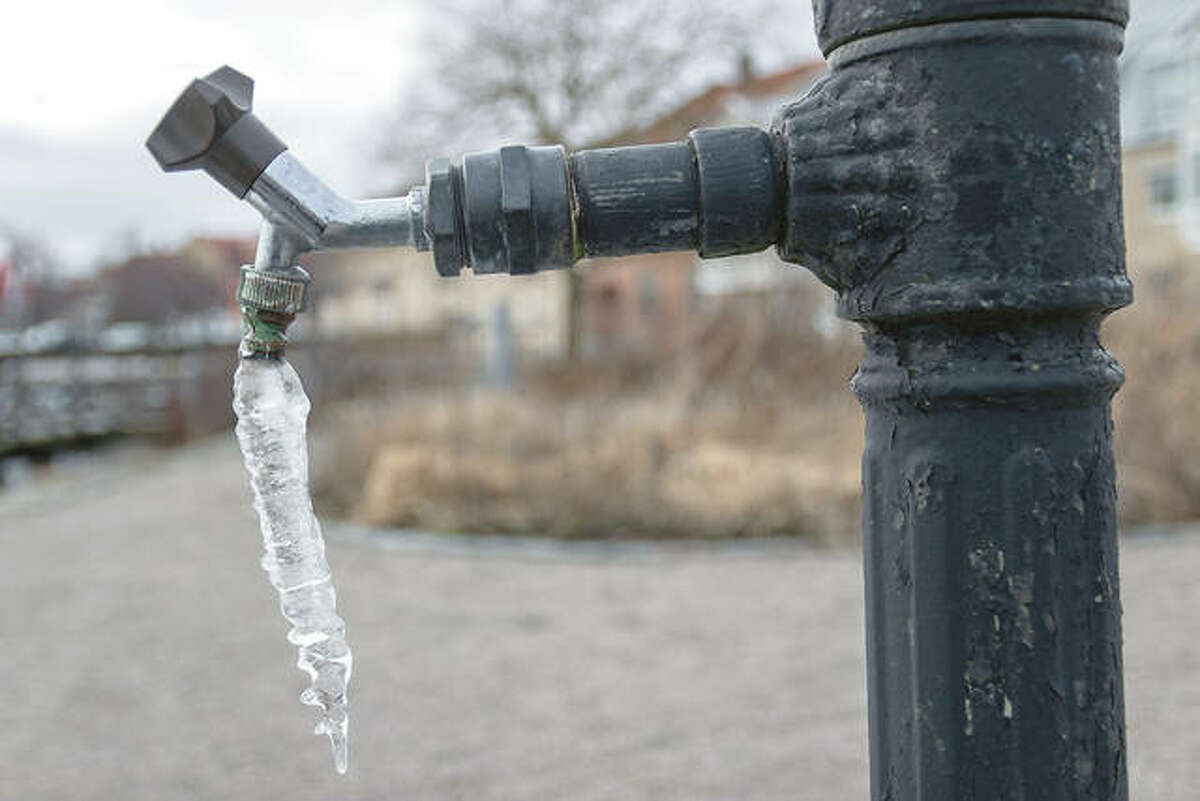The publisher is making a few great observations about Winter Plumbing Precautions: Preventing Frozen Pipes in general in the content down below.

Winter can wreak havoc on your plumbing, specifically by freezing pipelines. Here's exactly how to stop it from happening and what to do if it does.
Introduction
As temperatures decrease, the threat of icy pipelines rises, potentially leading to expensive repair work and water damage. Comprehending how to stop frozen pipelines is crucial for homeowners in chilly environments.
Understanding Icy Pipelines
What creates pipelines to ice up?
Pipelines freeze when revealed to temperatures listed below 32 ° F (0 ° C) for extended durations. As water inside the pipelines ices up, it broadens, putting pressure on the pipe walls and potentially creating them to break.
Threats and damages
Frozen pipes can result in supply of water disruptions, building damage, and expensive fixings. Burst pipelines can flood homes and create comprehensive architectural damage.
Indicators of Frozen Pipeline
Recognizing frozen pipelines early can stop them from rupturing.
Just how to identify frozen pipelines
Seek decreased water circulation from taps, uncommon smells or noises from pipes, and visible frost on revealed pipes.
Prevention Tips
Shielding vulnerable pipelines
Wrap pipelines in insulation sleeves or use warm tape to secure them from freezing temperature levels. Concentrate on pipelines in unheated or exterior locations of the home.
Heating methods
Keep indoor areas appropriately heated up, particularly locations with pipes. Open cupboard doors to allow cozy air to flow around pipes under sinks.
Safeguarding Outdoor Plumbing
Yard tubes and exterior faucets
Separate and drain pipes garden hoses prior to wintertime. Install frost-proof spigots or cover exterior faucets with shielded caps.
What to Do If Your Pipelines Freeze
Immediate actions to take
If you think icy pipelines, maintain taps open to soothe pressure as the ice melts. Utilize a hairdryer or towels taken in warm water to thaw pipes slowly.
Long-Term Solutions
Architectural adjustments
Consider rerouting pipelines far from outside wall surfaces or unheated locations. Include additional insulation to attics, cellars, and crawl spaces.
Updating insulation
Invest in high-grade insulation for pipelines, attics, and walls. Proper insulation helps maintain constant temperature levels and lowers the threat of frozen pipelines.
Conclusion
Stopping icy pipelines requires proactive steps and quick responses. By recognizing the reasons, signs, and safety nets, property owners can protect their plumbing throughout winter.
6 Proven Ways to Prevent Frozen Pipes and Protect Your Home
Disconnect and Drain Garden Hoses
Before winter arrives, start by disconnecting your garden hoses and draining any remaining water. Close the shut-off valves that supply outdoor hose bibs and leave the outdoor faucet open to allow any residual water to drain. For extra protection, consider using faucet covers throughout the colder months. It’s also important to drain water from any sprinkler supply lines following the manufacturer’s directions.
Insulate Exposed Pipes
Insulating your pipes is an effective way to prevent freezing. Pipe insulation is readily available at home improvement stores and is relatively inexpensive. Pay close attention to pipes in unheated areas such as the attic, basement, crawl spaces, or garage. Apply foam insulation generously to create a buffer against the cold. You can also wrap your pipes in heat tape or thermostat-controlled heat cables for added warmth.
Seal Air Leaks
Inspect your home for any cracks or openings that could let in cold air. Seal any holes around the piping in interior or exterior walls, as well as the sill plates where your home rests on its foundation. Additionally, make sure to keep your garage door closed unless you’re entering or exiting. Leaving it open creates a significant air leak that can lead to frozen pipes.
Allow Warm Air Circulation
During cold snaps, it’s essential to allow warm air to circulate evenly throughout your home. Leave interior doors ajar to promote better airflow. Open kitchen and bathroom cabinets to help distribute heat consistently around the rooms. If you have small children or pets, be sure to remove any household chemicals or potentially harmful cleaners from open cabinets for safety.
Let Faucets Drip
A small trickle of water can make a big difference in preventing ice formation inside your pipes. When temperatures drop significantly, start a drip of water from all faucets served by exposed pipes. This continuous flow helps prevent the water from freezing. Additionally, running a few faucets slightly can relieve pressure inside the pipes, reducing the chances of a rupture if the water inside does freeze.
https://choateshvac.com/6-proven-ways-to-prevent-frozen-pipes-and-protect-your-home/

As a serious person who reads about Winter Plumbing Precautions: Preventing Frozen Pipes, I assumed sharing that excerpt was a smart idea. In case you enjoyed reading our page please remember to share it. Thanks for your time. Please check up our site back soon.
Click Here